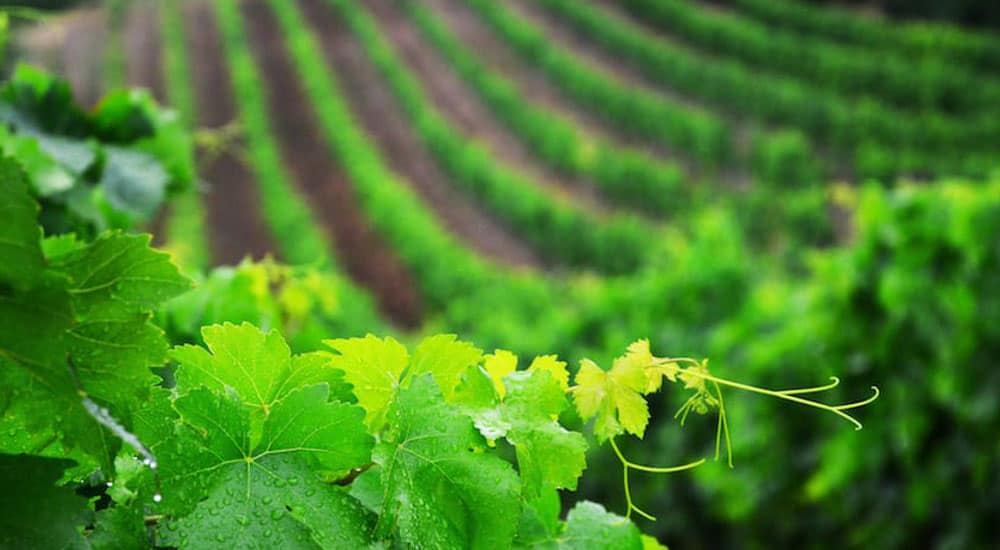Farmers have been able to reap the agricultural benefits of Artificial Intelligence, but let’s not get too ahead of ourselves just yet.
Artificial Intelligence (AI) is here to stay, and it’s getting a bit crowded. It may even be forming a its own bubble. But if traditional industries like farming are able to continuously take advantage of AI and machine learning innovation, maybe a few nano bubbles can live within an AI-for-agriculture micro bubble.
These days food and tech go together like business and social responsibility. They can exist on their own and do just fine. It’s when they merge that new discoveries are made, new sectors are created, and people have a shot at leading healthier lives. So it’s no wonder that frontier technologies like AI and machine learning are piercing through the food tech segment.
Inside on the social front, the Farmers Business Network, a social network conceived by and created for farmers, uses machine learning and anonymous aggregated analytics to drive data results on pricing.
On the field, the technology gets more physical. These days robots managing corn fields, sensors collecting data on crops, and satellites zooming in on bushels of wheat are way beyond the beta phase and far more than a trend. According to an AI industry report done by Technavio, AI in the agriculture space will grow steadily for the next four years and post a CAGR of close to 23% by 2021.
The New Mexico-based startup Descartes Labs combines satellite imagery, machine learning, cloud computing and sensors to better understand industries like energy and agriculture. Ryan Keisler, head of machine learning at Descartes Labs, says that when addressing farming, the company’s technology is used to determine where crops of interest are located and how healthy they are.
The first major application of the Descartes Labs Platform, which collects, cleans and calibrates data from public and commercial imagery providers, was for the startup’s 2016 US Corn Production Forecast. During the growing season, Descartes analyzed spectral signatures for corn, and combined this information with weather data. Using this dataset they built their corn forecast, which in an 11 year backtest had fewer errors and the USDA’s forecasts.
“If we zoom in on an individual pixel within a satellite image, these questions become, ‘is this pixel corn or something else, and how many bushels of corn will this pixel produce by the end of the growing season?” explains Keisler.
Without Working Machinery, There Is No Data
While all this talk of AI and machine learning is great, it’s important to remember that monitoring and nurturing our food before it hits the table, isn’t the only vital step in the data-driven, farming process. Machines need tender loving care too. If a machine’s health suffers, a crop’s health suffers, and then we the people, consuming the food, suffer.
The UK based company Senseye uses AI and cloud-based software to focus on critical machinery health, and predict machine failure months in advance.
“These are the assets without which businesses in the agriculture chain would be unable to run, and would lose significant money were there to be ‘unplanned downtime,’” says Senseye co-founder and CCO Alexander Hill.
Senseye’s machine learning technology uses prognostics to automate model-building of how assets are currently performing and what their remaining useful life is. This helps clients perform predictive maintenance before the asset experiences any failure.
“This kind of technology has reduced unplanned downtime, which can cost over £10,000 an hour in the food supply chain, by up to 50%,” says Hill.
When asked where he sees AI and agriculture going in the future, Hill said: “The amount of data used by a modern agriculture business is phenomenal. Farmers and factory managers simply don’t have time to look at everything that is collected and the clarity of their decisions can suffer for it. The IoT is a crucial technology as it’s about making data cheaper to collect, as well as more accessible and interoperable. Data silos kill productivity.”
Speaking of IoT and farming, it’s pretty much goes everywhere AI and farming go. Case in point: Farmers Edge provides smart tech solutions for farmers in Canada, the United States, Brazil, Russia and Australia. The company’s portal CanPlug device transmits information from agricultural equipment to the cloud, and automates the reporting of real-time costs. Additionally, it’s FarmCommand platform allows users to keep track of different kinds of data like weather data, mapping data, and fuel data all in one place.
It’s clear that data silos do not exist in the Farmers Edge dojo.
Will any of the aforementioned companies survive the AI micro bubble? Only time will tell. That is unless someone invents an AI-driven system to predict which AI startups have the most staying power. At the rate AI is advancing, this wouldn’t be a stretch.
Share your thoughts below, we’d love to hear them!
Melissa Jun Rowley works at the forefront of the intersection of technology, media and social impact as a writer, digital strategist, entrepreneur and international keynote speaker. She is currently the co-founder of Resolve, a specialist accelerator partnering with sector-leading organizations to help startups across the globe scale internationally. Additionally, Melissa provides content strategy, partnership development, and digital transformation consulting to Fortune 500 companies and social enterprises. As a seasoned journalist, she raises global awareness around frontier tech and social change, gender issues and international development. She started her career as a field producer for CNN and the Associated Press in New York and Los Angeles. Her writing has been featured in BBC News, Fast Company, CBS News, NBC, MTV, TechCrunch and The Guardian. @MelissaRowley

